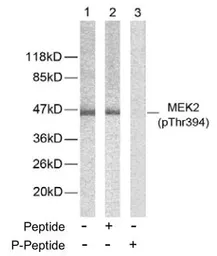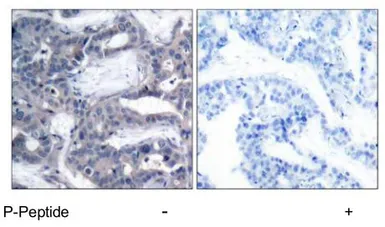MEK2 (phospho Thr394) antibody
Cat. No. GTX79014
Cat. No. GTX79014
-
HostRabbit
-
ClonalityPolyclonal
-
IsotypeIgG
-
ApplicationsWB IHC-P
-
ReactivityHuman


